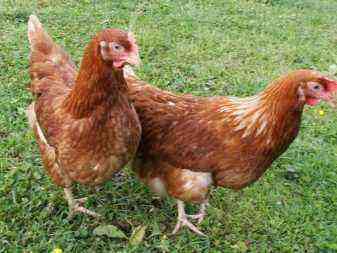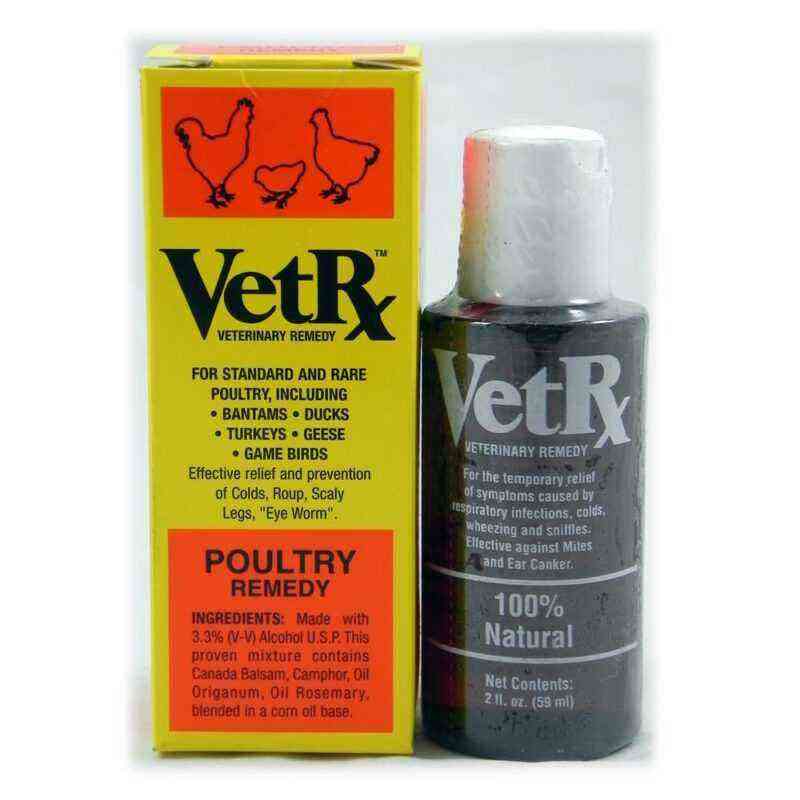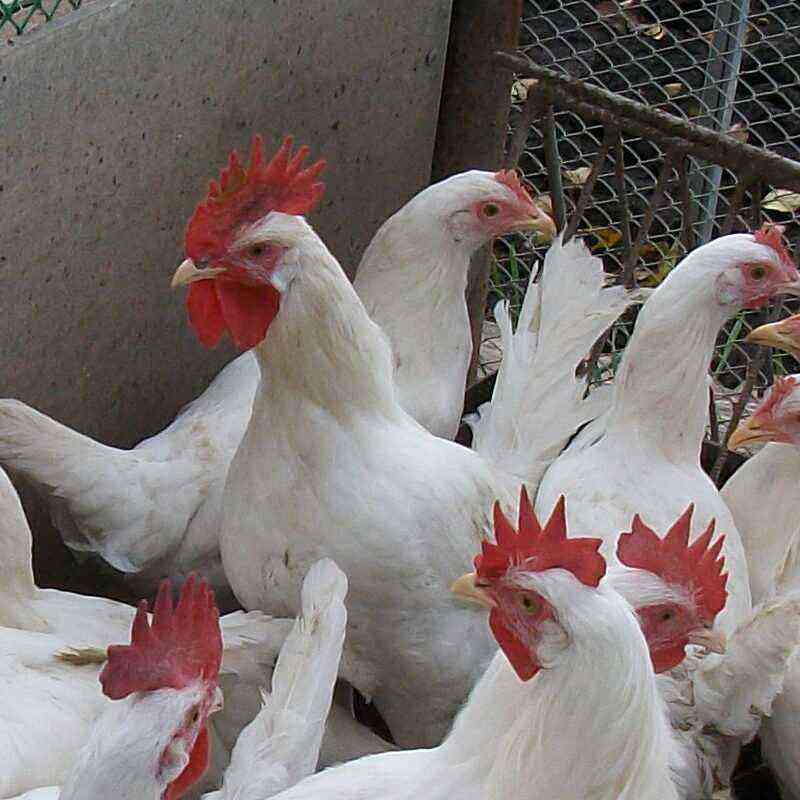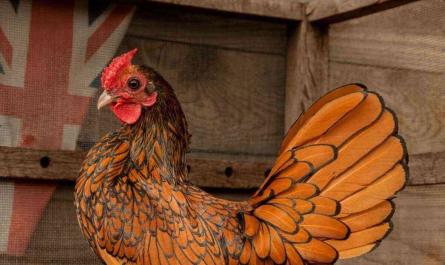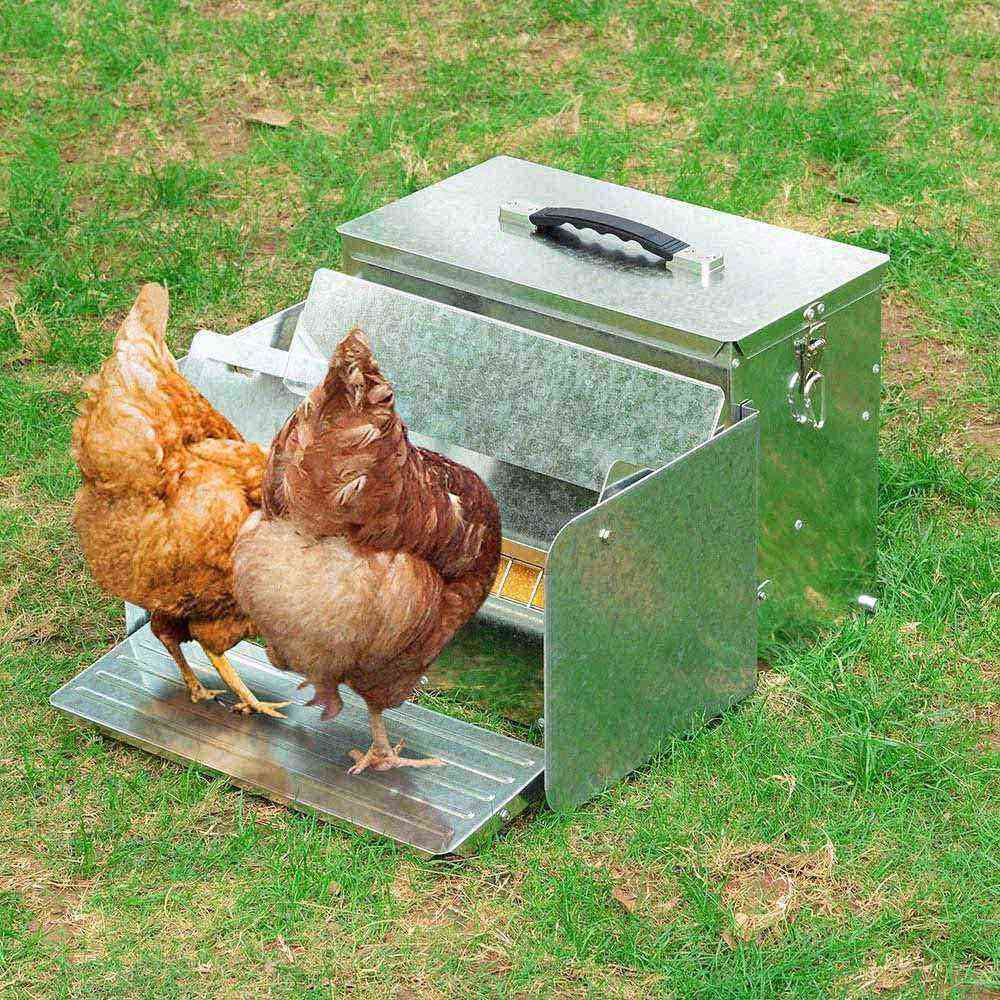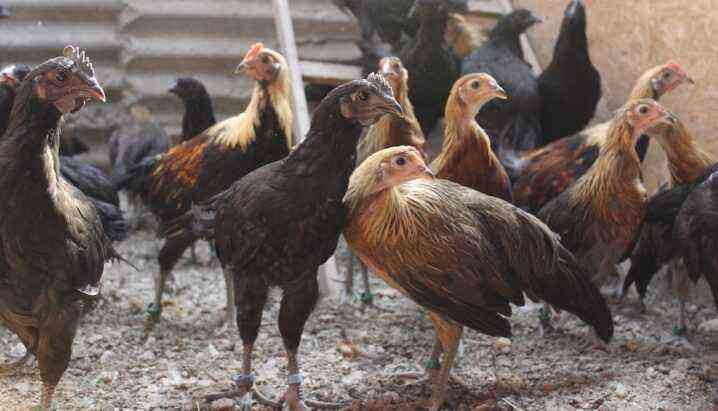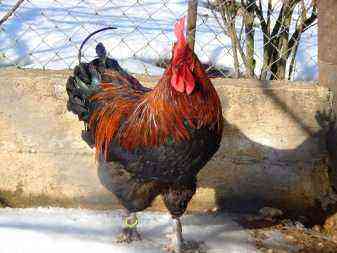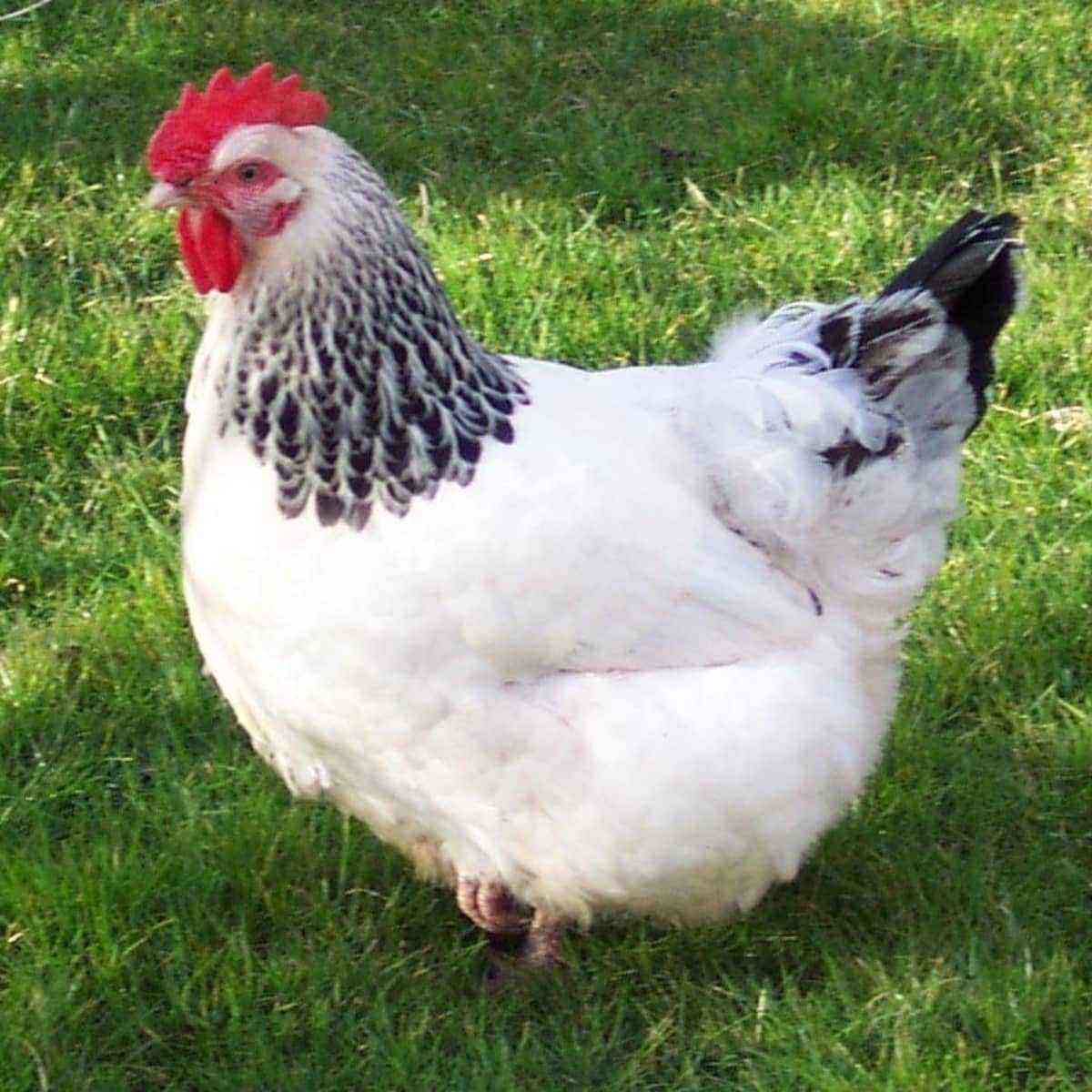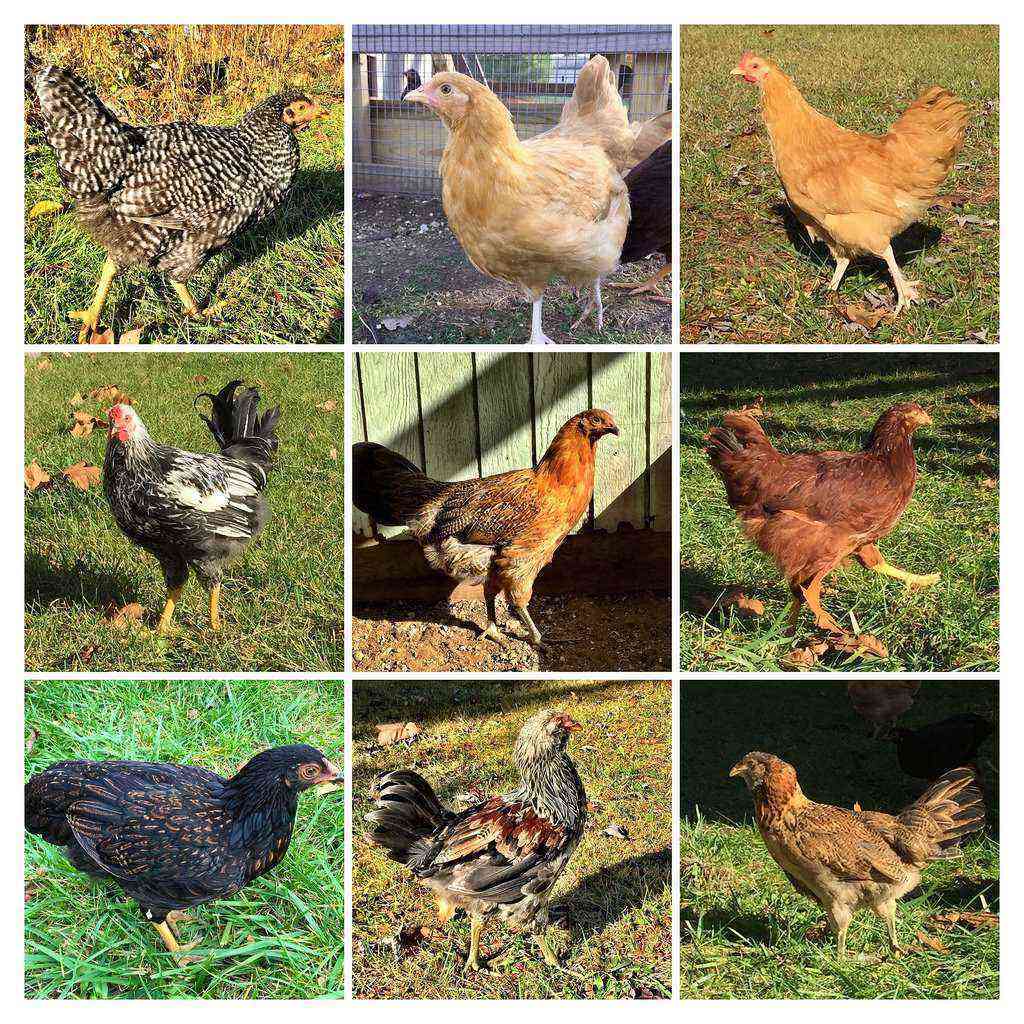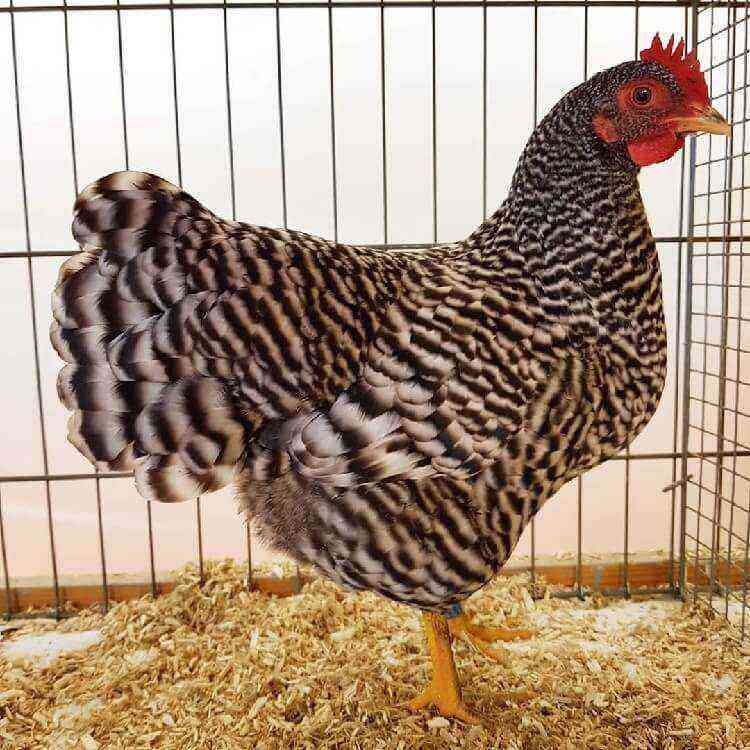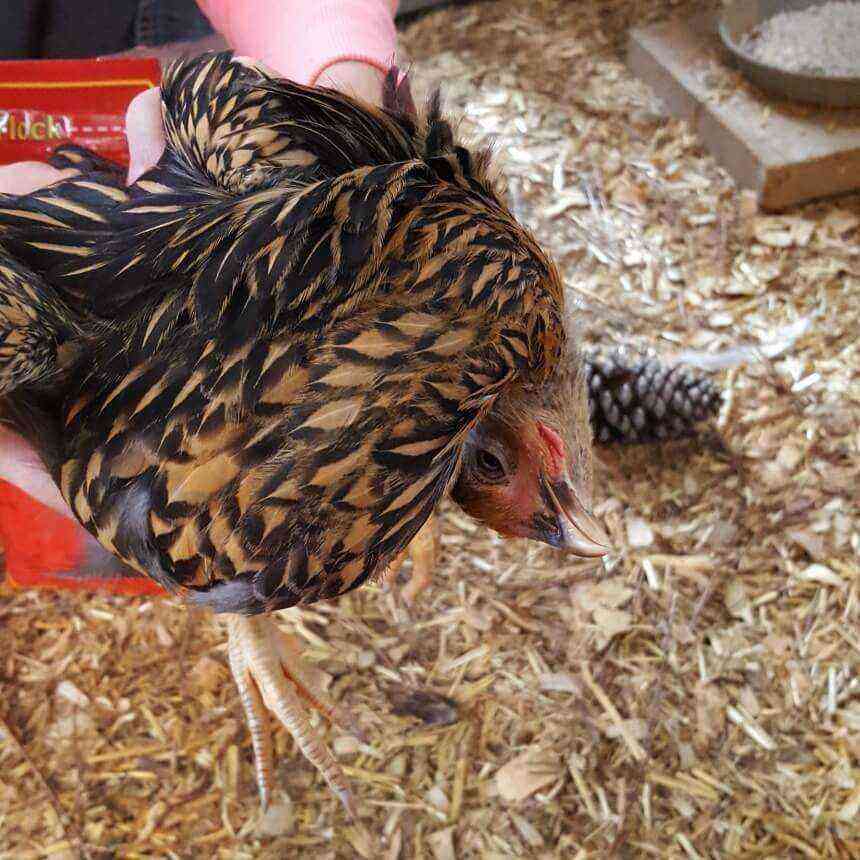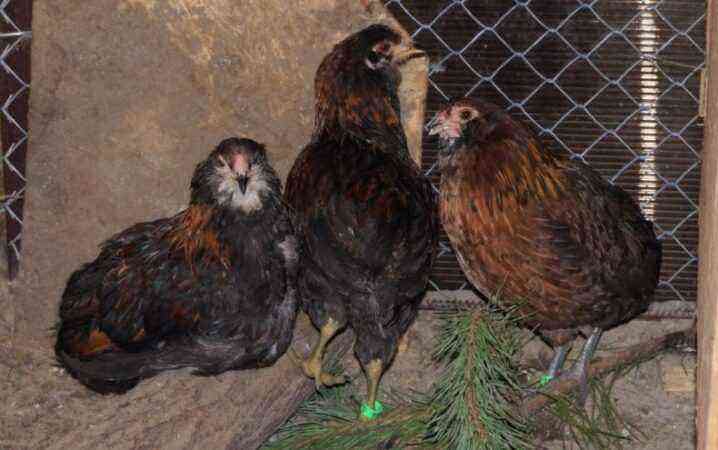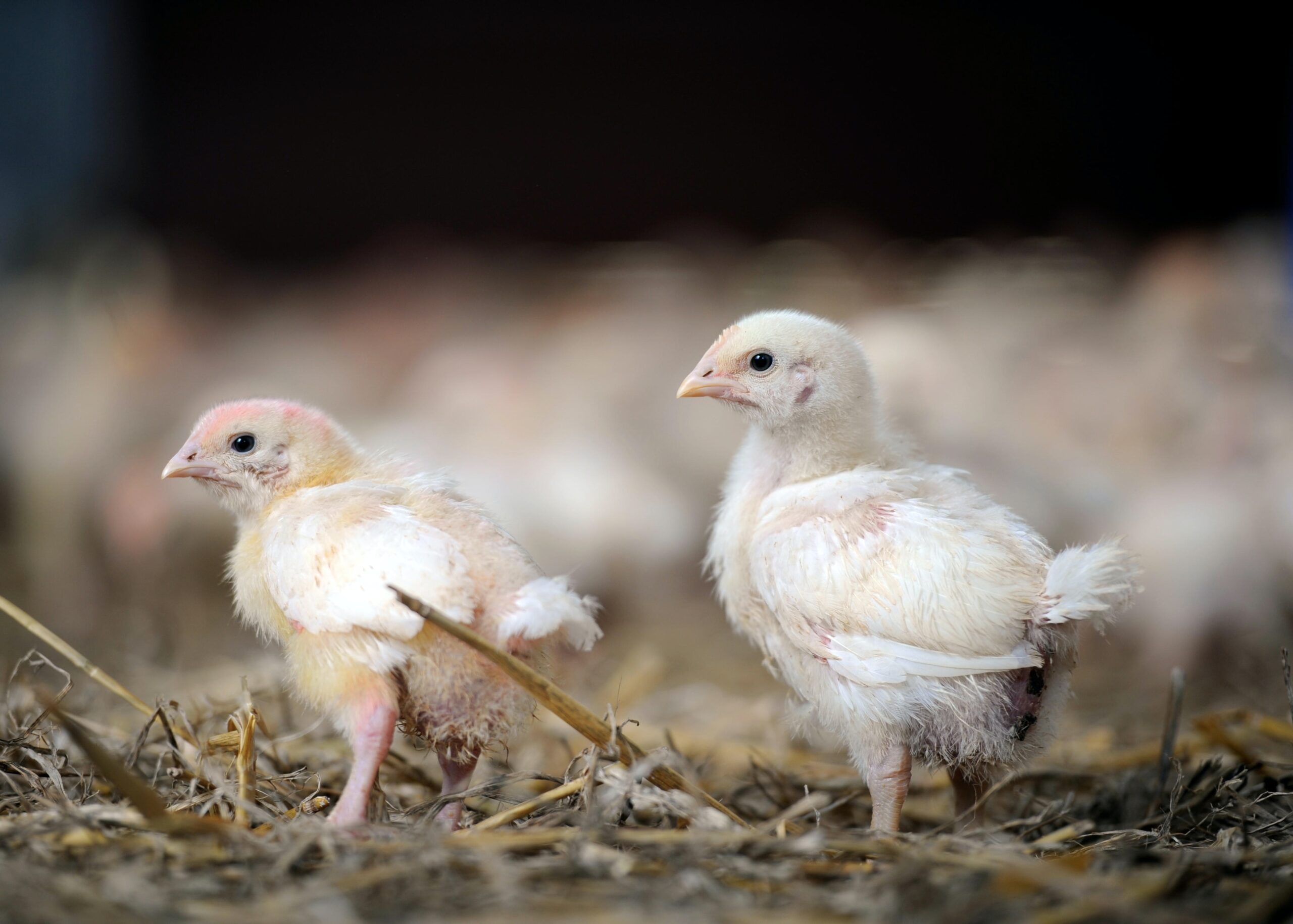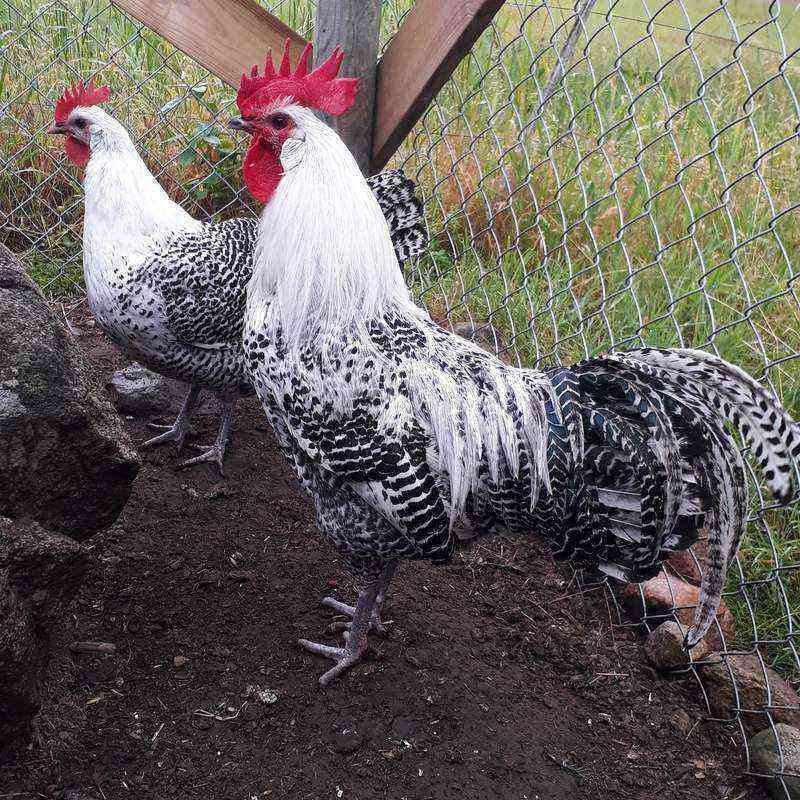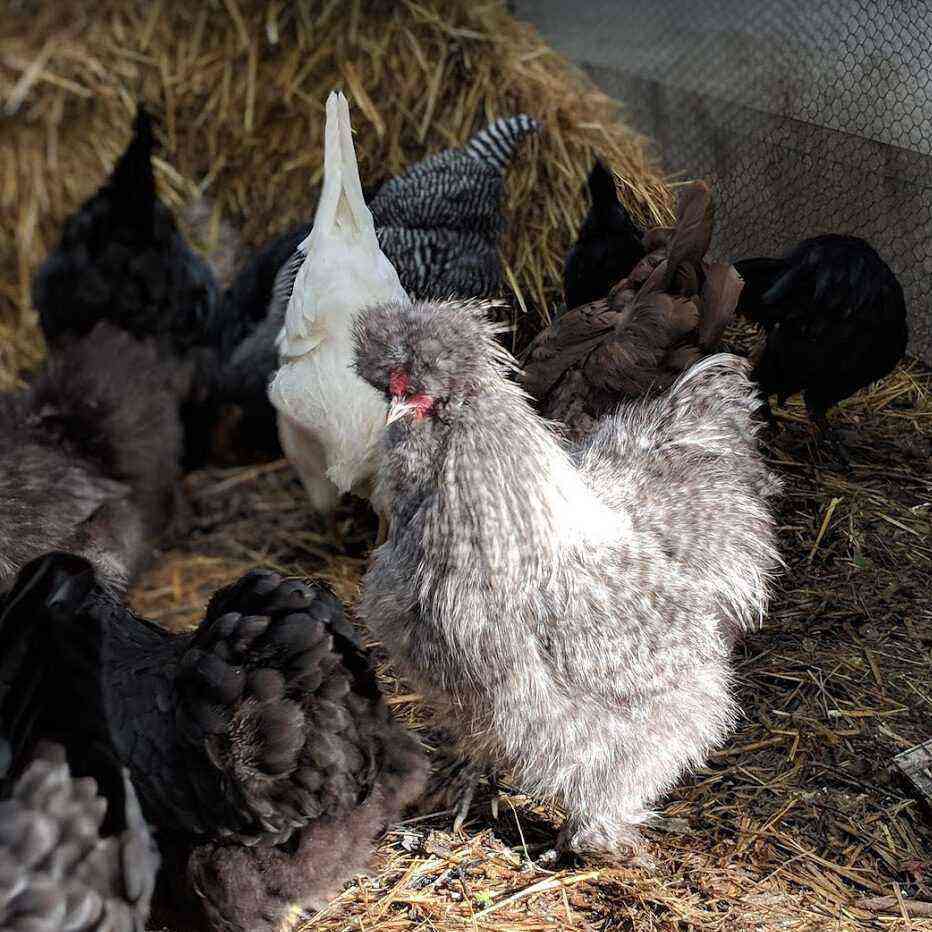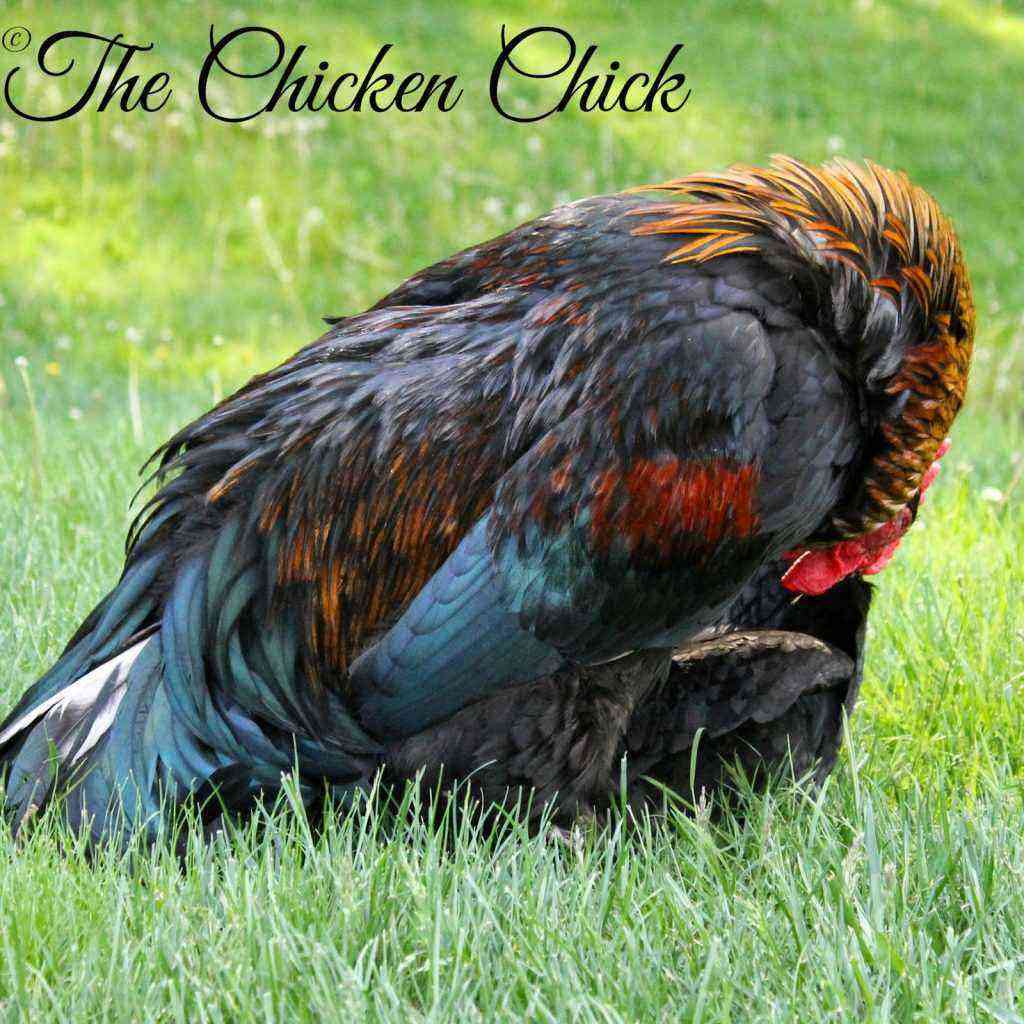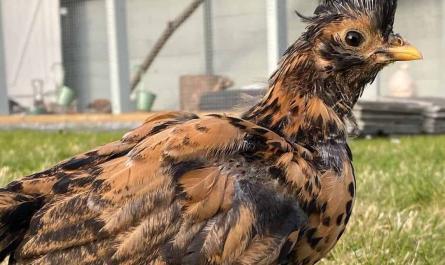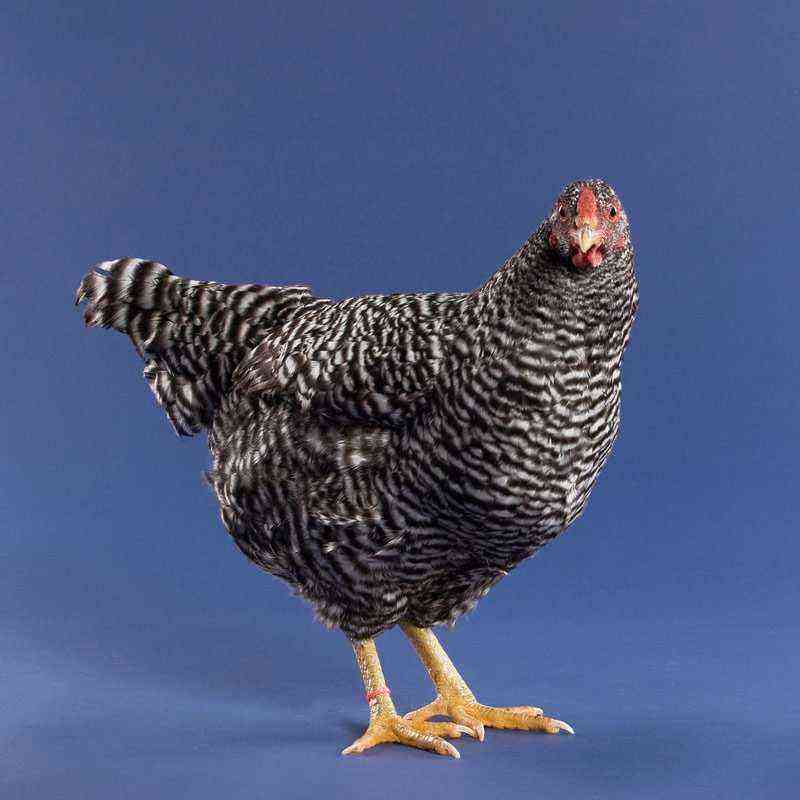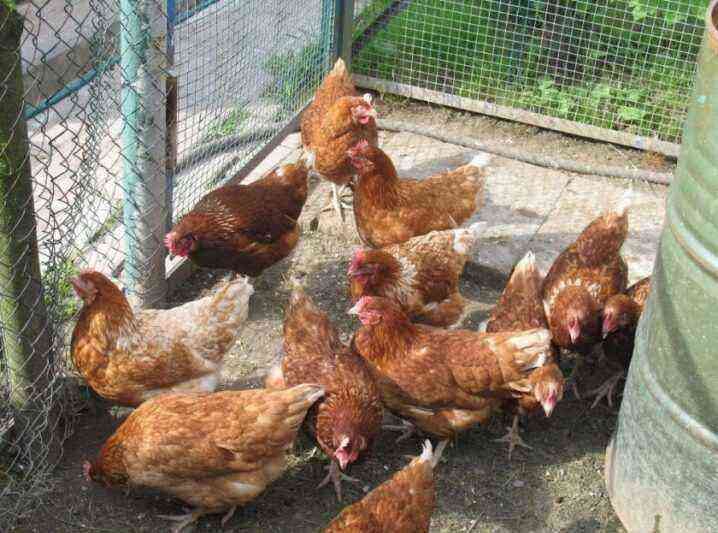With the advent of winter, chickens in the backyard can develop various diseases associated with inflammation of the throat, bronchi, lungs and other organs. One of the most common diseases is bronchopneumonia. It belongs to the group of non-contagious diseases, but often causes no less harm to the inhabitants of the nursery and its owner than infectious diseases.
Basically, bronchopneumonia occurs in chickens due to hypothermia, when kept in an unheated chicken coop during the cold season or with sudden and significant temperature changes. Another reason for the development of this disease is rain and cool weather, when feathered pets cannot quickly warm up and dry. Also, the disease can appear after infectious bronchitis transferred by a chicken.
Bronchopneumonia causes the greatest damage to chickens under the age of twenty days. They are more susceptible to the development of the disease than adult, stronger individuals. The disease can also appear in weakened birds. Chicks, as a rule, get sick with bronchopneumonia “choir”. Up to 50% of the entire population of small feathered pets can catch bronchopneumonia and die. Therefore, you should be very careful when raising chickens. They need to be protected from cold and drafts.
Surviving individuals grow and develop more slowly. A particularly acute disease affects laying hens, whose productivity will subsequently be quite low due to deformation and growth retardation of the ovary and oviduct.
Bronchopneumonia is characterized by a decrease in appetite, wheezing, coughing, mucus discharge from the nose, which dries up and even more prevents the bird from breathing. Chickens move less, become lethargic and weakened.
Treatment of chicks must begin immediately. Otherwise, they will die in two or three days. On the first day of detection of the disease, it is necessary to treat the chicken coop with a special solution consisting of soda ash, in the amount of 350 grams, dissolved in two to three liters of water and bleach in the amount of 250 grams, dissolved in seven liters of water. Both solutions are infused separately for several hours, then mixed and diluted with water twice. With this solution, it is necessary to treat the room in the presence of chickens.
The bird should be given terramycin and penicillin. In cases of development of any other diseases, norfloxacin can also be used. Sick individuals must be isolated from the main livestock, and equipment, feeders and drinkers must be disinfected. Vitamins should be included in their diet, which have a beneficial effect on feathered pets and contribute to their speedy recovery.
Prevention of the occurrence of bronchopneumonia involves the following measures:
- chicken coop insulation;
- separate maintenance of adult hens and young animals;
- exclusion of drafts, dampness and sudden temperature changes in poultry houses;
- complete feeding.

